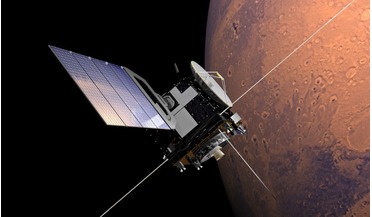 01 April 2019
First independent confirmation of methane on Mars
01 April 2019
First independent confirmation of methane on Mars
... methane-spewing microbes? Methane can also be formed via abiotic processes, therefore the presence of organic matter or microorganisms are not needed to produce it. Giuranna and team say that the possible source location for this...
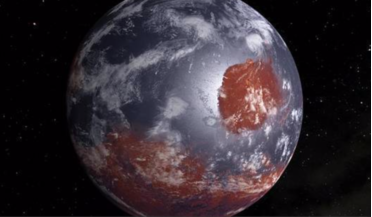 29 May 2019
Comets inspire new way to make breathable oxygen on other planets
29 May 2019
Comets inspire new way to make breathable oxygen on other planets
... ago to start pumping substantial quantities of O2 into the skies, before life could use it to evolve beyond simple microorganisms that dominated the planet at the time. Oxygen now makes up nearly 21 percent of Earth’s atmosphere. Finding such...
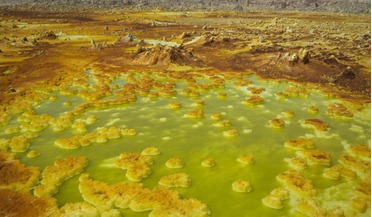 15 July 2019
New study says silica aerogel could make Mars habitable
15 July 2019
New study says silica aerogel could make Mars habitable
... Mars still possesses extant life today, its survival or detection might be hampered by the presence of Earth-based microorganisms. Therefore just because you can make somewhere habitable, doesn’t necessarily mean you should. There is little...
 06 March 2020
Life in the Universe could be common, but not near us says study
06 March 2020
Life in the Universe could be common, but not near us says study
... or satellites in the Solar System or from exoplanets is negligibly small, unless we consider interplanetary or interstellar traveling of microorganisms.” So life could be out there, it’s just hidden beyond our view in a pocket of the Universe far...
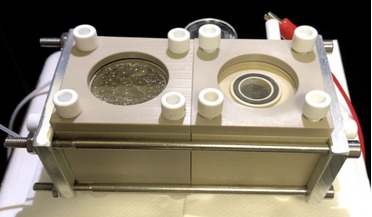 01 April 2020
Biohybrid can turn CO2 into new products for use on Mars or Earth
01 April 2020
Biohybrid can turn CO2 into new products for use on Mars or Earth
... used to produce many other organic products by feeding it to genetically engineered organisms, such as bacteria or yeast. These microorganism’s also benefit from being considerably lighter and easier to transport to Mars than the products themselves...
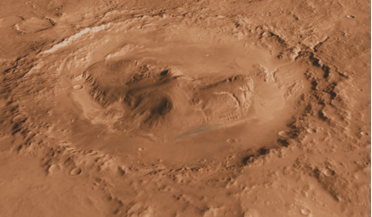 11 May 2020
Martian brines likely to be present, just not habitable says new study
11 May 2020
Martian brines likely to be present, just not habitable says new study
... water. In the hyperarid conditions of Mars, coupled with its crippling freezing temperatures, it is just too much for microorganisms to survive, argue the authors and as such it means these brines cannot be classified as ‘Special Regions’ according...